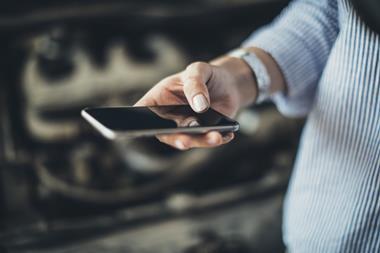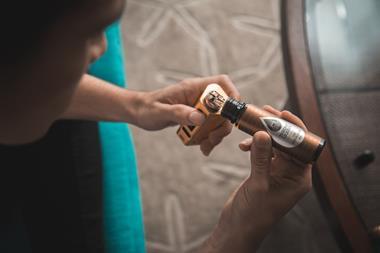Across the convenience sector beer and cider suppliers increasingly compete with one another for prime in-store locations, with seemingly conflicting messages. Therefore, emphasis is on the retailer to understand their shoppers’ needs and expectations, writes HIM’s Matt Smith.
As the experts in shopper behaviour, HIM spoke to more than 1,000 beer and cider shoppers and retailers as part of a deep dive into the category. The data suggests that the percentage of alcohol drinkers within the convenience base is declining, with younger and older generations least likely to consume. As a result, retailers need to figure out solutions that offset these declines.
One way to do this is to place your beer and cider in the chiller. Shoppers prefer to purchase products cold. They also expect to find beer and cider products located in the chiller, more than any other category including soft drinks, and retailers need to consider this when allocating space in-store. If retailers fail to range in the chiller then they risk losing sales.
Ensure your range is suitable for your target customer, as beer and cider shoppers are very particular about what brands they purchase. Cider shoppers, in particular, are very brand loyal, with more than a third switching out of the category or leaving the store without buying if their preferred brand is unavailable.
Retailers should focus on everyday events to drive engagement with shoppers. It is unlikely, for instance, that shoppers will visit a convenience store to do their main Christmas shop unless it’s a distress mission. However, everyday events such as summer BBQs, family nights in and sports events fit perfectly with a c-store’s offering, so drive engagement with promotional mechanics, in-store signage and activity on social media.
If retailers can bundle categories together to create an occasion-based solution (eg beer, crisps and dip) then shoppers will be more inclined to purchase items outside of their traditional pattern.
Everyday events are a great way to drive engagement, and the use of cross-category promotions can play a key role in driving impulsivity and increasing spend. Ultimately, it’s about driving interest in-store, satisfying shoppers and becoming a point of difference.





















No comments yet